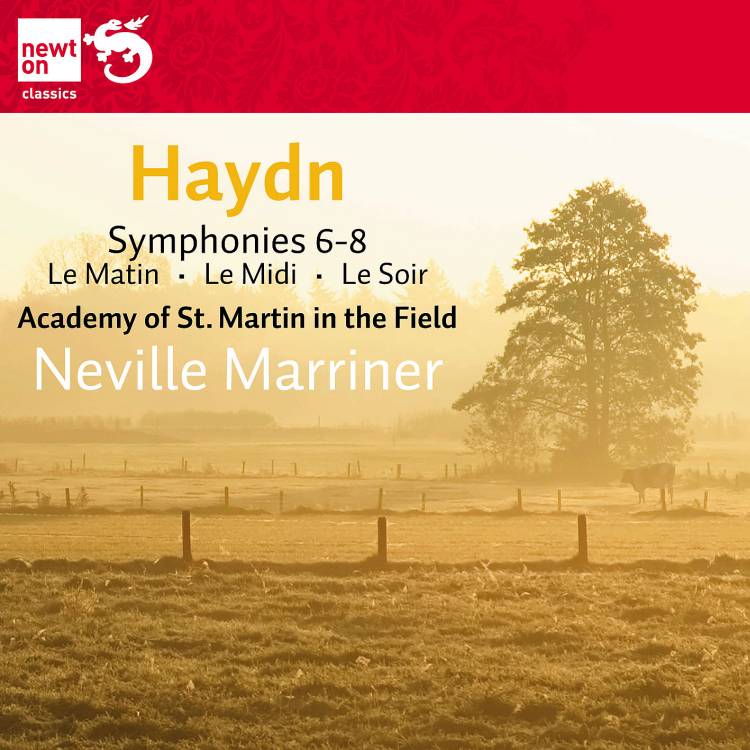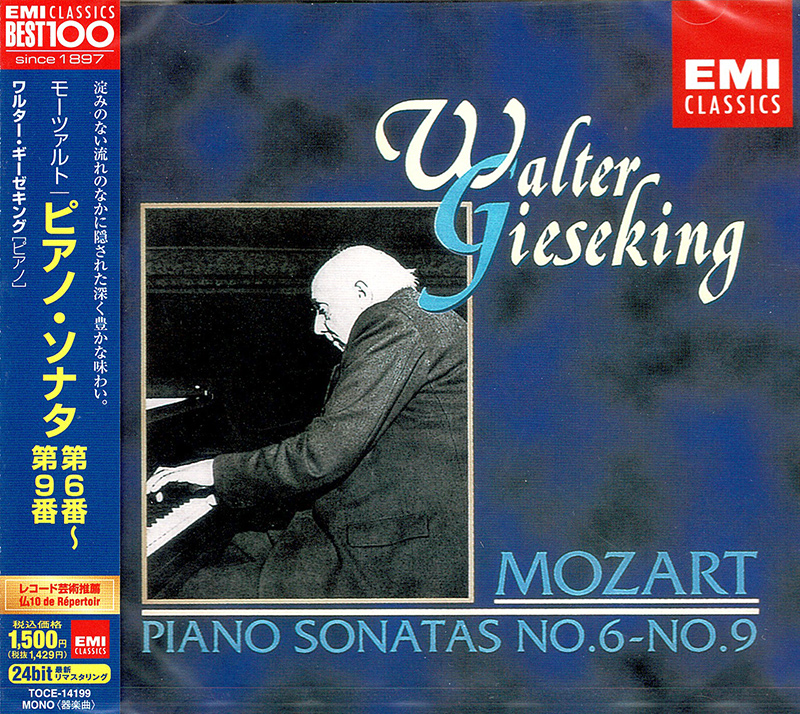Logowanie
Dlaczego wszystkjie inne nie brzmią tak jak te?
Chai Lang, Fan Tao, Broadcasting Chinese Orchestra
Illusive Butterfly
Butterly - motyl - to sekret i tajemnica muzyki chińskiej.
SpeakersCorner - OSTATNIE!!!!
RAVEL, DEBUSSY, Paul Paray, Detroit Symphony Orchestra
Prelude a l'Apres-midi d'un faune / Petite Suite / Valses nobles et sentimentales / Le Tombeau de Couperin
Samozapłon gwarantowany - Himalaje sztuki audiofilskiej
PROKOFIEV, Stanislaw Skrowaczewski, Minneapolis Symphony Orchestra
Romeo and Juliet
Stanisław Skrowaczewski,
✟ 22-02-2017
BARTOK, Antal Dorati, Philharmonia Hungarica
Dance Suite / Two Portraits / Two Excerpts From 'Mikrokosmos'
Samozapłon gwarantowany - Himalaje sztuki audiofilskiej
ENESCU, LISZT, Antal Dorati, The London Symphony Orchestra
Two Roumanian Rhapsodies / Hungarian Rhapsody Nos. 2 & 3
Samozapłon gwarantowany - Himalaje sztuki audiofilskiej
Winylowy niezbędnik
ClearAudio
Cartridge Alignment Gauge - uniwersalny przyrząd do ustawiania geometrii wkładki i ramienia
Jedyny na rynku, tak wszechstronny i właściwy do każdego typu gramofonu!
ClearAudio
Harmo-nicer - nie tylko mata gramofonowa
Najlepsze rozwiązania leżą tuż obok
IDEALNA MATA ANTYPOŚLIZGOWA I ANTYWIBRACYJNA.
Wzorcowe
Carmen Gomes
Celebrating the art and spirit of music - vol. 5 - Reference Songs
- CHCECIE TO WIERZCIE, CHCECIE - NIE WIERZCIE, ALE TO NIE JEST ZŁUDZENIE!!!
Petra Rosa, Eddie C.
Celebrating the art and spirit of music - vol. 3 - Pure
warm sophisticated voice...
SAMPLER - STS DIGITAL, Gregor Hamilton
Celebrating the art and spirit of music - vol. 2 - Love songs from Gregor Hamilton
...jak opanować serca bicie?...
SAMPLER - STS DIGITAL
Celebrating the art and spirit of music - vol. 1 - Leonardo Amuedo
Największy romans sopranu z głębokim basem... wiosennym
Lils Mackintosh
Celebrating the art and spirit of music - vol. 4 - A Tribute to Billie Holiday
Uczennica godna swej Mistrzyni
HAYDN, Sir Neville Marriner
Symphonies Nos. 6-8
- Franz Joseph Haydn,
- Symphony No. 6 in D major, Hob.I:6, "Le matin"
- 1. I. Adagio - Allegro - 04:06
- 2. II. Adagio - Andante - Adagio - 06:53
- 3. III. Menuet - 04:32
- 4. IV. Finale: Allegro - 03:09
- Symphony No. 7 in C major, Hob.I:7, "Le midi" 5. I. Adagio - Allegro - 05:21
- 6. II. Recitativo: Adagio - Allegro - Adagio - 02:49
- 7. III. Adagio - 06:50
- 8. IV. Menuetto - 03:55
- 9. V. Finale: Allegro - 02:56
- Symphony No. 8 in G major, Hob.I:8, "Le soir" 10. I. Allegro molto - 03:53
- 11. II. Andante - 05:33
- 12. III. Menuetto - 04:45
- 13. IV. La tempesta: Presto - 03:40
- Łączny czas:: 00:58:22
- Sir Neville Marriner - conductor
- HAYDN
The 3 symphonies on this CD date from the early years of Haydn’s employment at Eisenstadt, the court of the highly cultured and music loving Prince Paul Anton Esterhazy. The orchestra at Haydn’s disposal was much larger than the small band at his previous employer, Count Morzin, for whom he had composed around 15 symphonies – don’t be mislead by the numbers of the three here, they fall among the 104 at around 16-18 in order of composition! These three symphonies are a huge advance over the early ‘Morzin’ symphonies – they are four-movement works, with a minuet placed 3rd, and Nos. 6 & 7 have slow introductions. This became the template for the classical symphony for many decades – Beethoven’s 1st, 2nd, 4th and 7th and the early symphonies of Schubert all have the same structure – even in Brahms’s 1st symphony this innovative structure of Haydn can be found. Not for nothing was ‘Papa Haydn’ known as ‘the father of the symphony’. These works were designed to show off the skills not only of their composer, but also some of the extraordinary musicians in the Esterhazy orchestra. There are prominent roles for the flute, violin, cello together with the oboes and the bassoon – maybe a nod in the direction of the old concerto grosso as the prince was somewhat conservative in his musical tastes. He was an early fan of Vivaldi’s ‘Four Seasons’ and this may lie behind his commission to Haydn of three symphonies depicting the times of day. The depiction of sunrise at the opening of No.6, and the storm in the finale of No.8 are noteworthy examples of Haydn’s genius in using the orchestra to depict programmatic images. Booklet essay Recording made in 1980 ‘The performances are thoroughly enjoyable, as was to be expected, with immaculate ensemble, an instinctive feeling for tempo (though the introductory Adagio of No.7 is surely on the fast side), and some extremely distinguished solo playing from the violinists Iona Brown (in No.6), Kenneth Sillito and Malcolm Latchem (in Nos. 7 & 8), and from Denis Vigay (cello), Raymund Koster (doublebass), Susan Milan (flute) and Graham Sheen (bassoon); and the digital recording (which allows the continuo harpsichord just enough prominence) is beautifully clean and lifelike’ Gramophone, April 1982

























